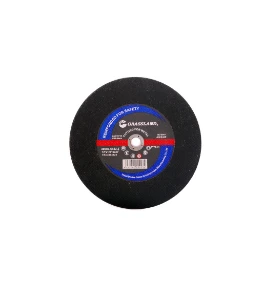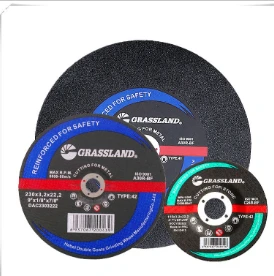

The wheel grade, which indicates the bond strength, is a vital factor in selection. A soft grade provides a cooler cut and is recommended for materials that are sensitive to heat. Meanwhile, harder grades are used in heavy-duty operations where the wheel needs to withstand greater forces. Selection of an appropriate grade depends on the pressure involved in grinding and the thermal sensitivity of the workpiece. Speed is another critical consideration. Selecting a wheel that can operate at the speeds utilized by your grinding machine ensures not only optimal performance but also safety. The maximum operating speed is often indicated on the wheel itself, and matching this with the machine’s capabilities can prevent accidents and equipment damage. Finally, in my expert opinion, a proper balance between wheel cost and performance efficiency is paramount. High-quality wheels typically offer longer life spans and superior finishes, minimizing the need for frequent replacements and rework. Investing in a premium grinding wheel can result in long-term cost savings and enhanced productivity. By synthesizing these factors—material compatibility, grit size, bond type, wheel grade, operating speed, and economic efficiency—you can tailor the selection process to optimize your specific grinding tasks. In doing so, you validate the core tenets of expertise, authoritativeness, and trustworthiness, ensuring that the grinding wheel not only serves its purpose but also elevates the quality and precision of your workpieces.
Post time:Jan - 13 - 2025

















